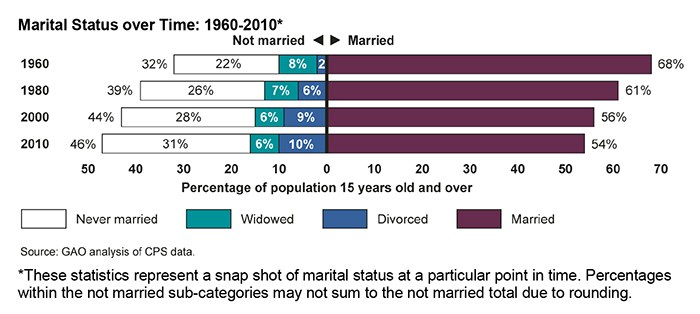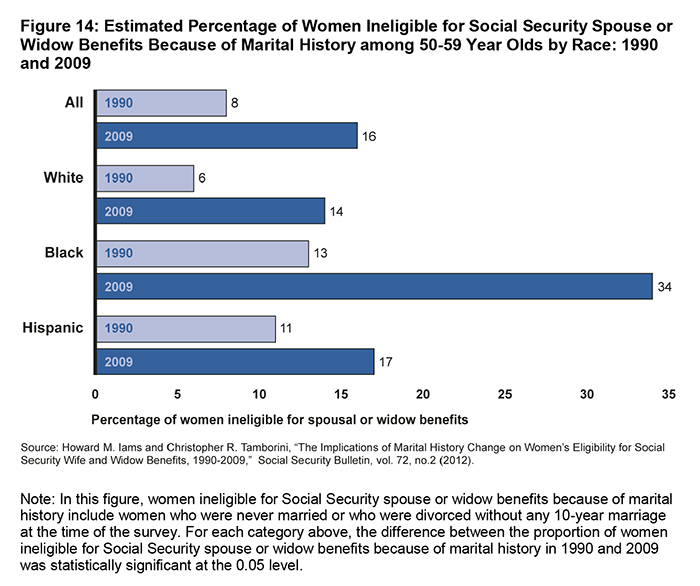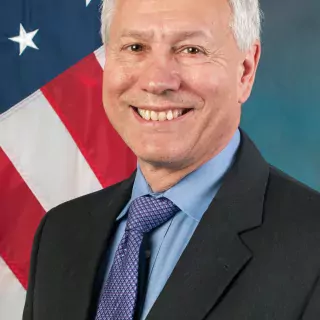How Changes in Marriage and Work Impact Women’s Retirement Security
For Women’s History Month, we take stock of retirement security challenges facing women. Retirement and survivor benefits from Social Security and some employer-sponsored pensions have historically helped protect couples and surviving spouses in old age. Many of these benefits were developed at a time when family structures, work patterns, and pensions were very different from what they are today.
As we have reported, elderly women are at greater risk of living in poverty than elderly men, and women still face particular challenges in achieving financial security for retirement. Black, Hispanic, or unmarried women over age 65, or all women over age 80 stand a higher chance of being in poverty than their male counterparts and other women over age 65. Changes in marriage and work patterns may even make some women more economically vulnerable in retirement.
What are the trends?
Over the past 50 years, women’s roles in the U.S. family and workplace have changed dramatically.
Excerpted from GAO-14-33
Marriage not only confers financial benefits within the economy of the household—the ability to pool resources and share risk, for example—but it also can provide access to survivor benefits in Social Security and other types of pensions. In part as a result of these trends, fewer women are receiving social security spousal benefits.
Excerpted from GAO-14-33
In addition to lower rates of marriage:
- Women’s labor force participation is up, but women are less likely than men to participate in defined contribution pension plans, such as 401(k)s.
- Rates of single-parenthood increased while rates of marriage decreased, occurring disproportionately among low-income individuals.
To learn more, read our latest report, publicly released February 26, or listen to our podcast with Charles Jeszeck, a director in our Education, Workforce, and Income Security team, who led our work.
- Questions on the content of this post? Contact Charles Jeszeck at jeszeckc@gao.gov.
- Comments on GAO’s WatchBlog? Contact blog@gao.gov.
GAO Contacts
Related Products

GAO's mission is to provide Congress with fact-based, nonpartisan information that can help improve federal government performance and ensure accountability for the benefit of the American people. GAO launched its WatchBlog in January, 2014, as part of its continuing effort to reach its audiences—Congress and the American people—where they are currently looking for information.
The blog format allows GAO to provide a little more context about its work than it can offer on its other social media platforms. Posts will tie GAO work to current events and the news; show how GAO’s work is affecting agencies or legislation; highlight reports, testimonies, and issue areas where GAO does work; and provide information about GAO itself, among other things.
Please send any feedback on GAO's WatchBlog to blog@gao.gov.







